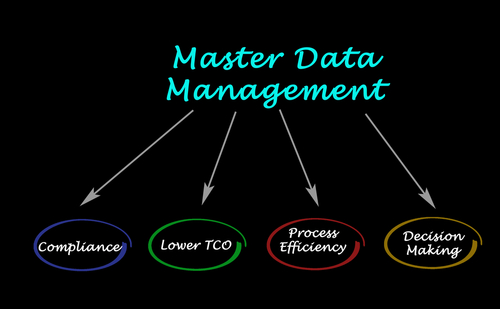The analyst firm Forrester defines customer experience as “How customers perceive their interactions with your company.” Read More.
Here are my thoughts on what are some of the factors and parameters which influence these perceptions.
1.Expectation Management: Customer perceptions about the product or service depend on whether it meets, exceeds or falls below their expectations. Incidentally, these expectations are originally set and/or influenced by the brand. “Don’t make promises you cannot keep” goes the old saying and it continues to be true even in the digital world today. Sadly, we still have scenarios where providers raise expectations during the sales and pre-sales cycles but fall woefully short during execution, resulting in a negative experience.
2. Cycle Times: The digital age is about speed and agility. You cannot really take weeks to on-board a customer or days to address a complaint. Response times have to be in seconds and minutes, for example in acknowledging a customer complaint. Resolution times can of course be a bit longer, however it’s critical to keep the customer informed about the resolution status on a proactive and periodic basis. There’s nothing like a lack of updates to get customers mad at you. This sounds obvious and perhaps trivial and yet it’s mind-boggling how few companies practice and execute to this approach.
3. Value for Money: Customer perceptions about your product or service are directly influenced by the value they derive for the money they’ve spent. Here it’s important to note that providing a good experience with a higher priced product or service is much better than a cheap product/service with a correspondingly cheap experience. ‘Never sell on price (e.g. my product/service is the cheapest) but always on value’ is something that all good sales specialists are well aware of. A focus on ensuring that customers get value for their money (before, during and after the sales transaction) goes a long way in creating positive perceptions about your product/service and your brand.
4. Integrated and consistent view: As multi-channel gives way to omni-channel, consistency and integration across channels becomes critical in influencing what customers feel about your product/service. There’s no better way to irritate customers than to give them a disjoint, inconsistent experience when they deal with you over multiple channels.
5. Transparency: Businesses often practice “Dark Patterns” – the art of hoodwinking customers with a multitude of fine print conditions, with the aim of trapping customers into products, features and services that they don’t want. I remember my father receiving a credit card that he had not asked for, being charged for it, and the hassle it took to return it and make the issuer refund the charges. Another example is the proliferation of companies being set up, with the sole aim of ‘building up the customer database’ – which means enrolling and on-boarding customers through dubious means. For those companies who want to make Customer Experience a core part of their business strategy, among my first recommendations would be to be totally transparent with customers. Junk the fine print and dark patterns, avoid hidden charges and surprises, and focus only on how you can make your customers happy.

Shantanu is a former Happiest Mind and this content was created and published during his tenure.







